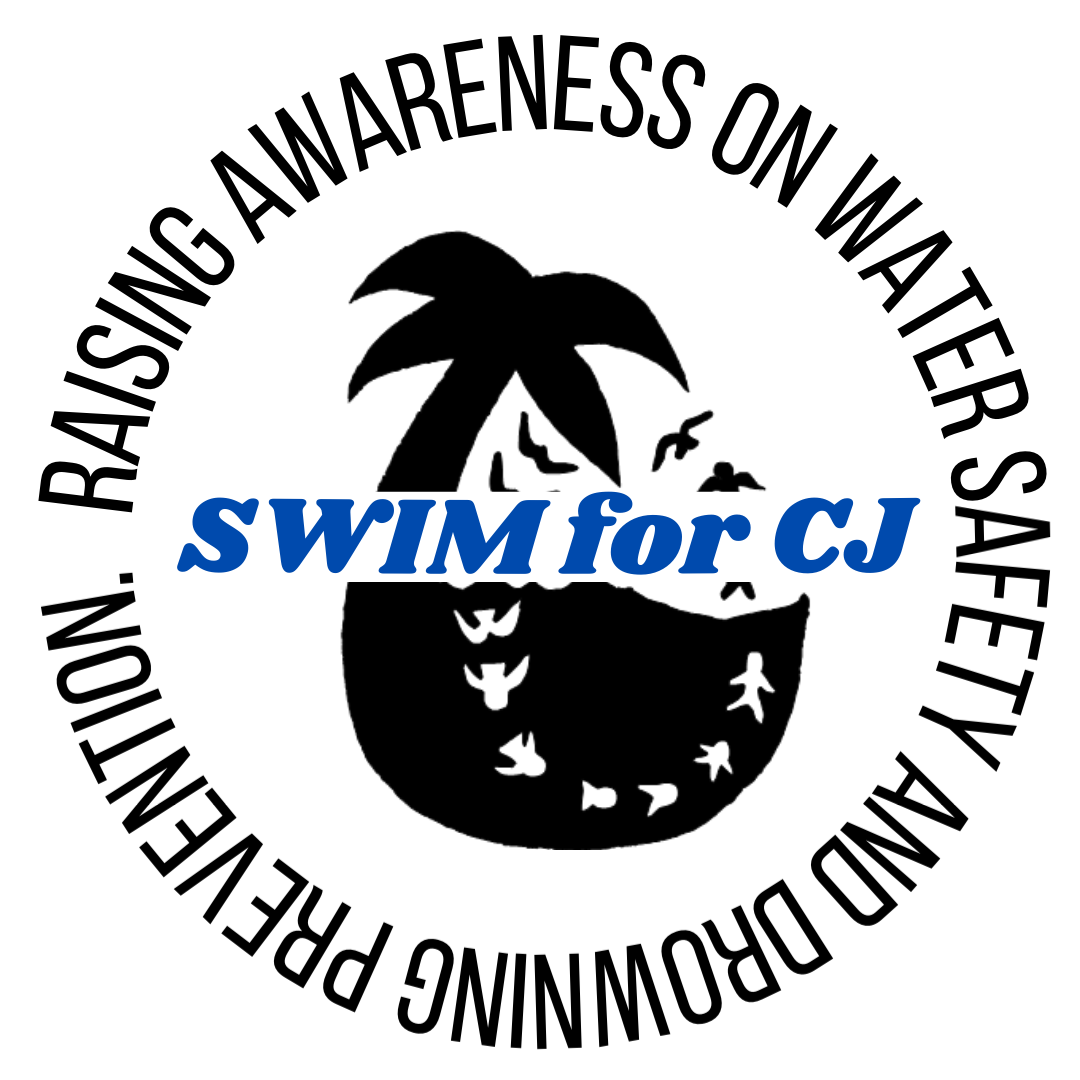water safety
How Many Layers Do You Have In Place?supervision
Effective supervision is the first line of defense in preventing a drowning accident. However, LAPSES in supervision is inevitable. We are human, and it happens to even the best parents. This is exactly why multiple layers of protection are needed.
Drowning is quick and silent. It is not portrayed on TV accurately. There is no yelling or splashing.
Assign a WATER WATCHER. This is a responsible adult who is designated to watch the children in and near the water. This person should be identified with a lanyard, tag or hat of some sort so everyone knows who is the designated water watcher. This can be paired with segmented supervision, where all adults take turns being the water watcher.
Physical barriers
Physical barriers are the second line of defense to prevent unattended access to the water.
Fences: Fencing includes property or perimeter fencing, and pool/spa isolation fencing. Fences help protect other children in the neighborhood from gaining access to your pool as well. All fences should be non-climbable.
Gates: Should swing AWAY from the water and should have a self-latching lock.
Alarms: Alarms can be placed on doors, windows, gates, and even on the surface of the water.
Locks: Locks should not be placed lower than 54 inches from the floor. Eliminate any stools, toys or furniture that could be used to gain access to a lock.
Doors: Keep bathroom doors closed. Toilets and bathtubs filled with water should not be easily accessed or left unsupervised.
*For above ground swimming pools, be sure to remove pool ladders and place barriers between pool pumps and equipment that could be climbed on to gain access to the water. Keep the surrounding area clear of toys that could be climbed on to gain access to the water.
*Take out all pool toys so children are not “lured” to the water to retrieve toys.
survival swim lessons
In the event that supervision and physical barriers have not prevented access to the water, survival swim skills are the third line of defense. Not all swim lessons are created equal! Do your research on what is a good fit for your child but get them in to lessons. Find lessons that have a focus on learning how to float independently. In the event that your child ends up in the water unattended, these skills will be life saving. These skills need to be continually practiced and children should resume maintenance lessons after their initial teachings.
Even with lessons, no child is drown proof, and you must still provide adequate supervision.
Flotation devices such as puddle jumpers and water wings do not teach your child how to swim! These devices cannot be relied upon. Nearly 70% of drownings occur during non swim times, when your child would not be wearing their floaties.
LIFE JACKETS
Life Jackets should be used in or near open water. When choosing a life jacket, choose a USCG approved and bright colored vest. The bright color will aid in a quicker rescue in case of an emergency. “Good swimmers” drown too many times where a life jacket could have saved their lives. The coast guard approves life jackets for use on vessels, NOT in pools.
cpr lessons
If a water emergency does occur, having the knowledge and skills to know what to do is important. Notifying emergency personnel and providing effective CPR can be life saving for someone who has drown. Ensure that you or other caregivers will know what to do in case of a water emergency by becoming CPR certified.
Rescue breathing is key for drowning victims. After approximately 3 minutes of no oxygen, brain damage may begin to occur.

FOLLOW US




